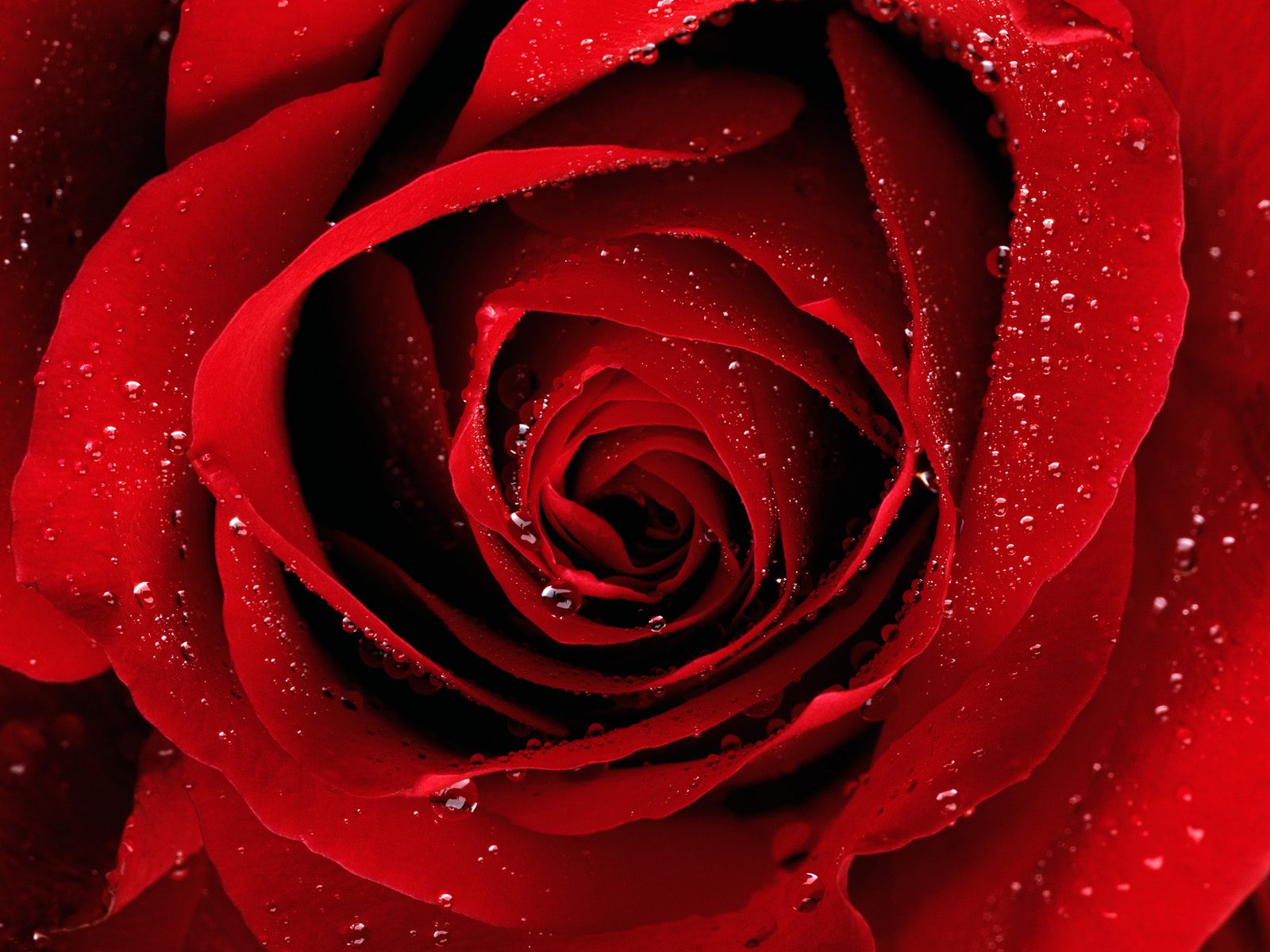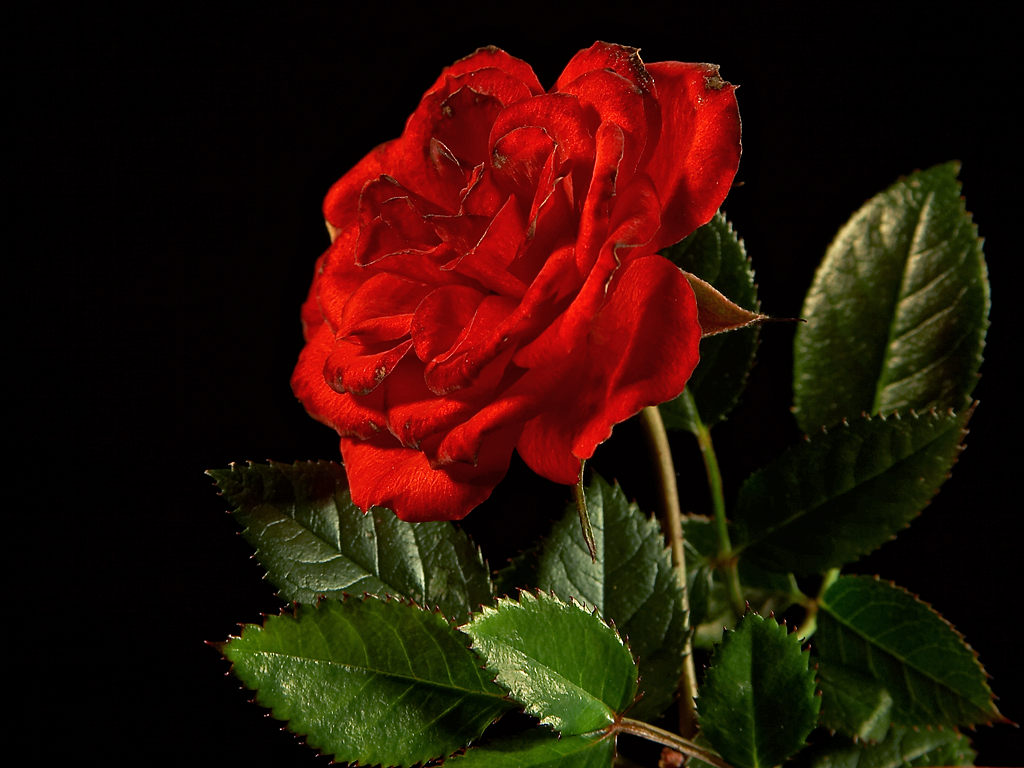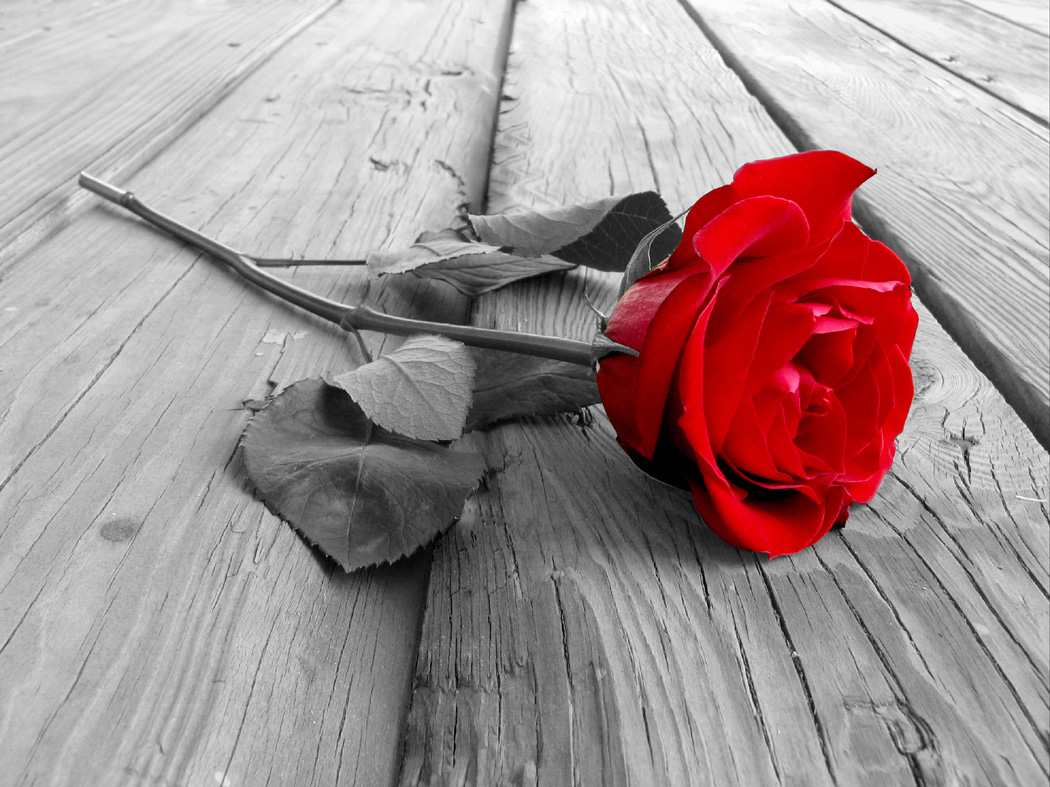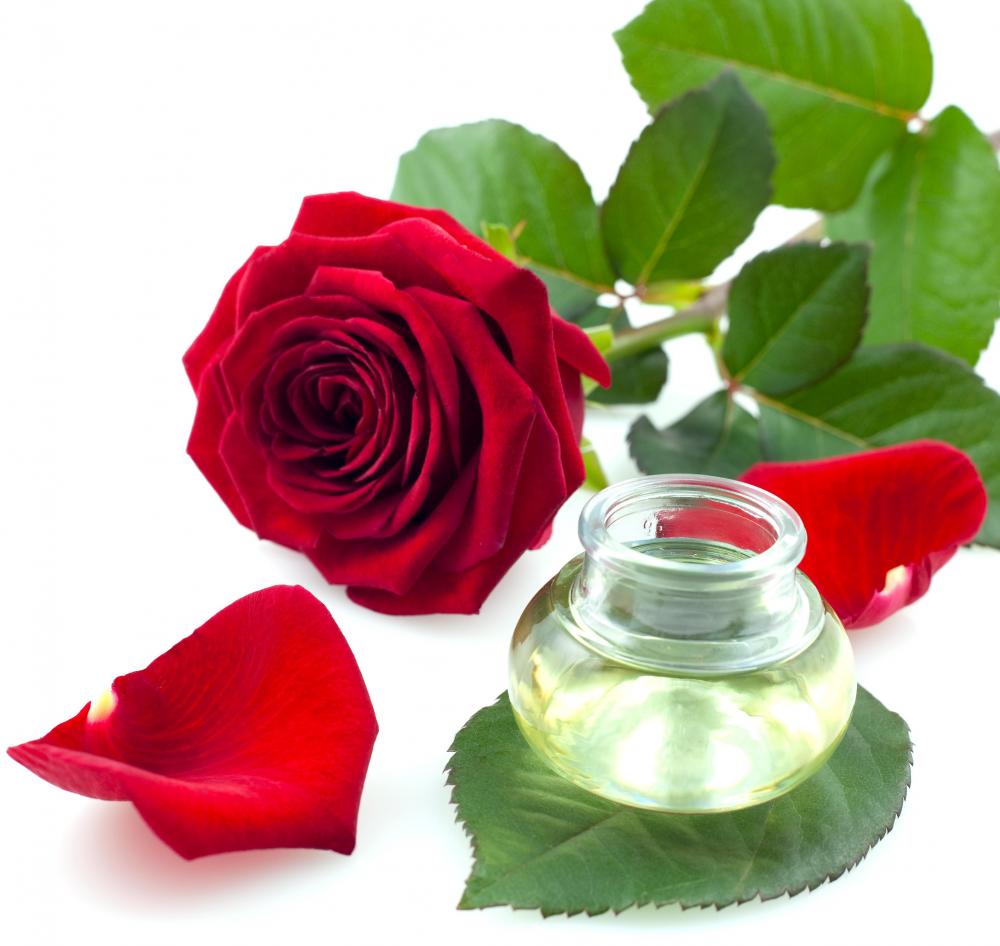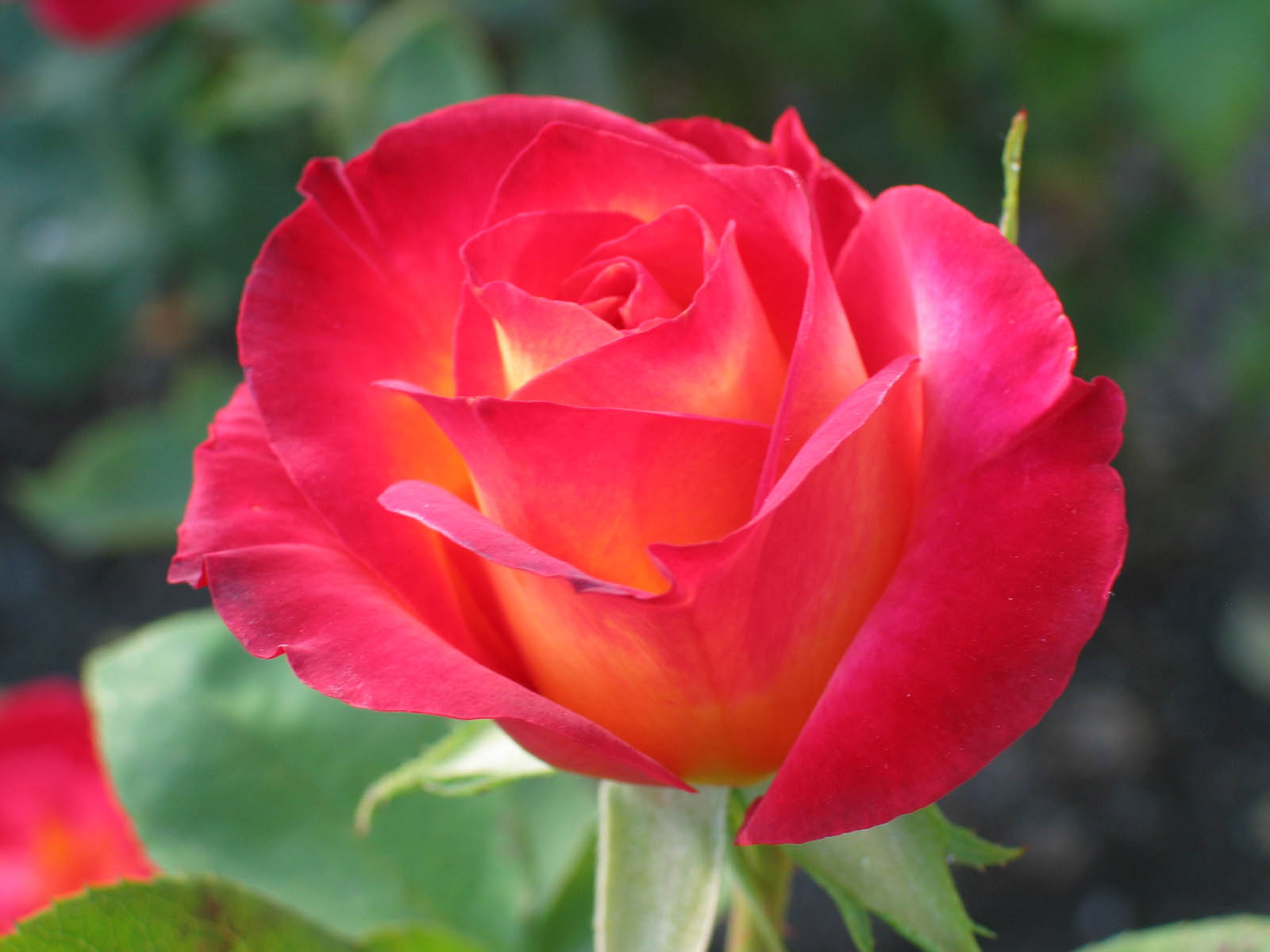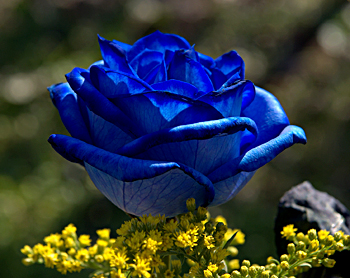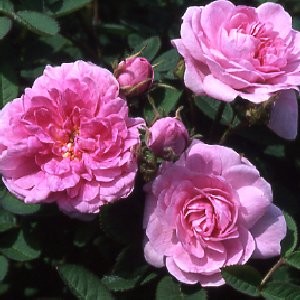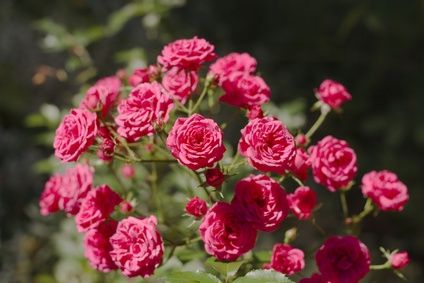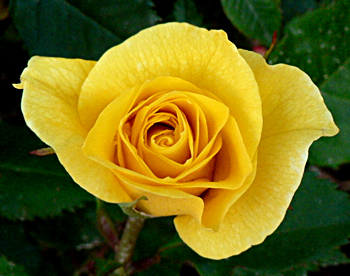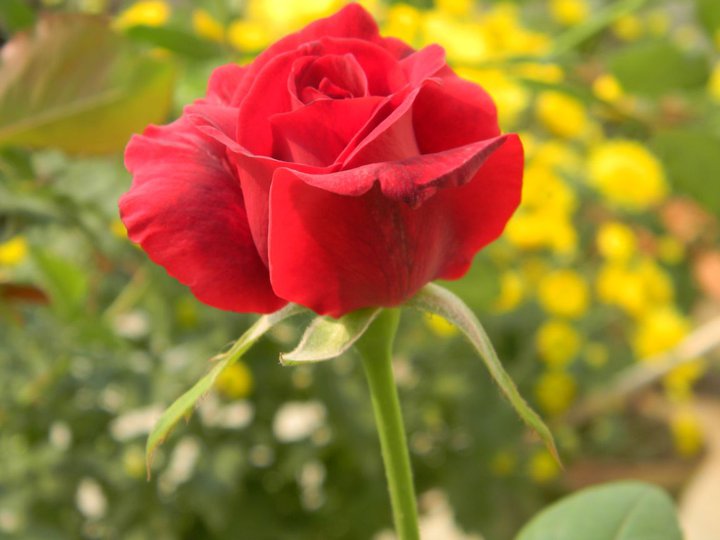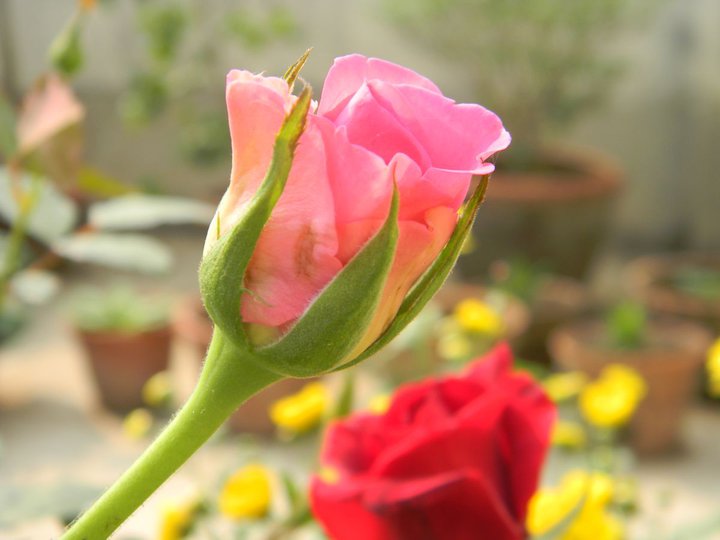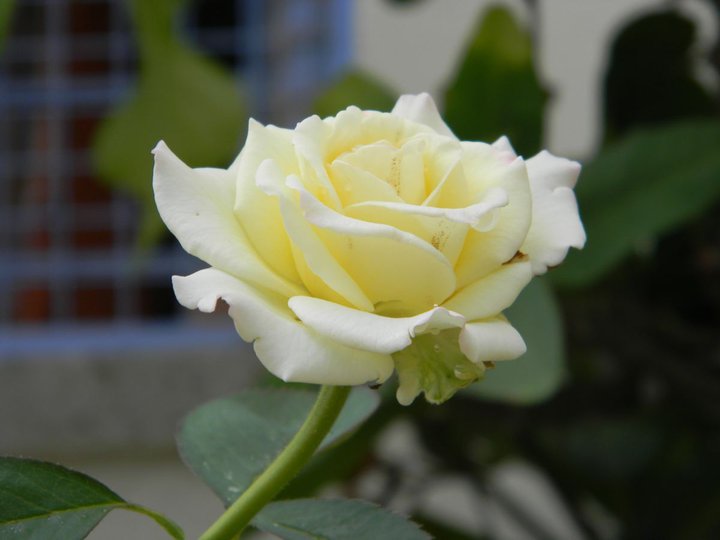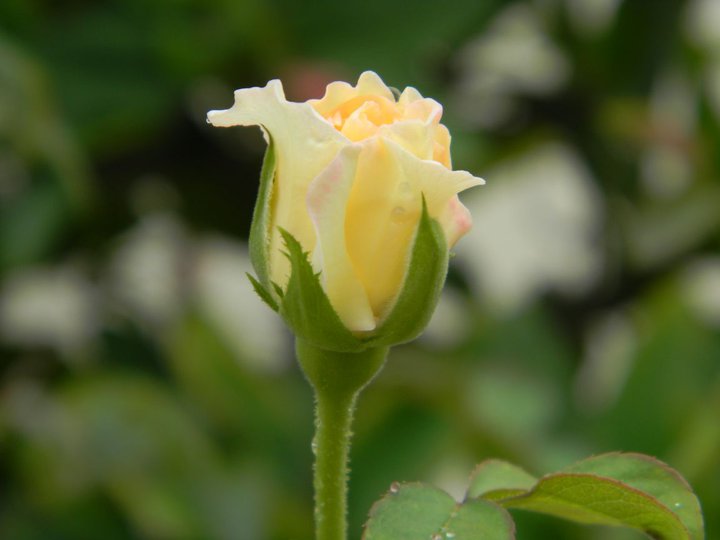Rose – a flower of beauty
Scientific Name – Rosa species and hybrids.
Several hundred new varieties of roses are being added every year with several thousand existing varieties.
Habitat – Cold climate of the hills. In the plains, it is grown during winter.
Uses –
-
1. Cut flowers – varieties of large-flowered, small-flowered and spray-flowered serve this purpose.
2. Oil of rose – Extracted from Kazanlink rose or 30 petalled rose [Rosa damascena Mill Var. triginipetala Dieck (2n = 14)],
Rosa damascena Var. bifera yields oil of some inferior quality.
Oil percentage of rose flower is about 0.045. Bulgaria is the biggest producer. Quality depends on percentage composition of different alcohols: citronellol, geraniol, nerol, linalol and furnasol. Generally, the ratio of citronellol to geraniol is in the range of 1.2:1 to 1.5:1. Total content of these alcohols in Kazanlink rose-oil is about 72 to 74 percent.
3. Rose water – produced from Rosa centipetala.
4. Sugar preserve of rose petal, commonly known as gulkand in Arab and Indian countries – prepared from Edward rose (Rosa borboniana or China rose).
It is a common ingredient of prepared luxury betel leaf, a common digestive and dessert of India and Pakistan.
It is used as an Ayurvedic medicine. The aroma of rose catalyzes the process of secretion of oxytocin, the love hormone which can strengthen heart, emotion and motherly feeling.
This preparation can correct from menopausal disorders to low semen count, to correcting bad odour to yellow colouring from sweat, to soothing central nervous system to correcting intestinal sore and disorder to pimples on face, etc.
Soil for growing
-
Medium loam, well drained soil having pH of 6 to 7.5 is most suitable.
On saline sodic soil, heavy clayey soil, wet or water-logged rose cannot thrive well.
Planting
-
collect new plant materials from a reputed nursery or a research centre, after consulting with your local agro-professional.
Methods – for obtaining better quality budding is more preferred over cutting. In some areas inarching is also followed.
Time – Early autumn to early winter.
Transplanting–
Spacing –
Bush type – 60cm plant to plant X 75cm row to row.
Tree roses (budded at a height of 1m) – plant to plant distance: 1m to 1.25m.
Climbers – 2m to 2.5m apart
Transplanting and care –
-
Deeply (more than 60cm) dug the field and leave the exposed the soil for solar treatment during summer.
Then shape the plot as raised bed for transplanting each new plant.
Apply at least 8kg to 10kg of well decomposed cowdung manure, 2kg of superphosphate and 1kg of 5%BHC to applied on each bed before transplanting and then water sufficiently. Avoid water logging.
Care-
Rose being a perennial plant it requires regular manuring. It requires regular visit to protect it from any disease infection and pest attack.
Always consult your local agro-professional for a better return from your land under rose.
Photos Of Rose Flower
Videos Of Rose Garden

